The Wolf of Wall Street
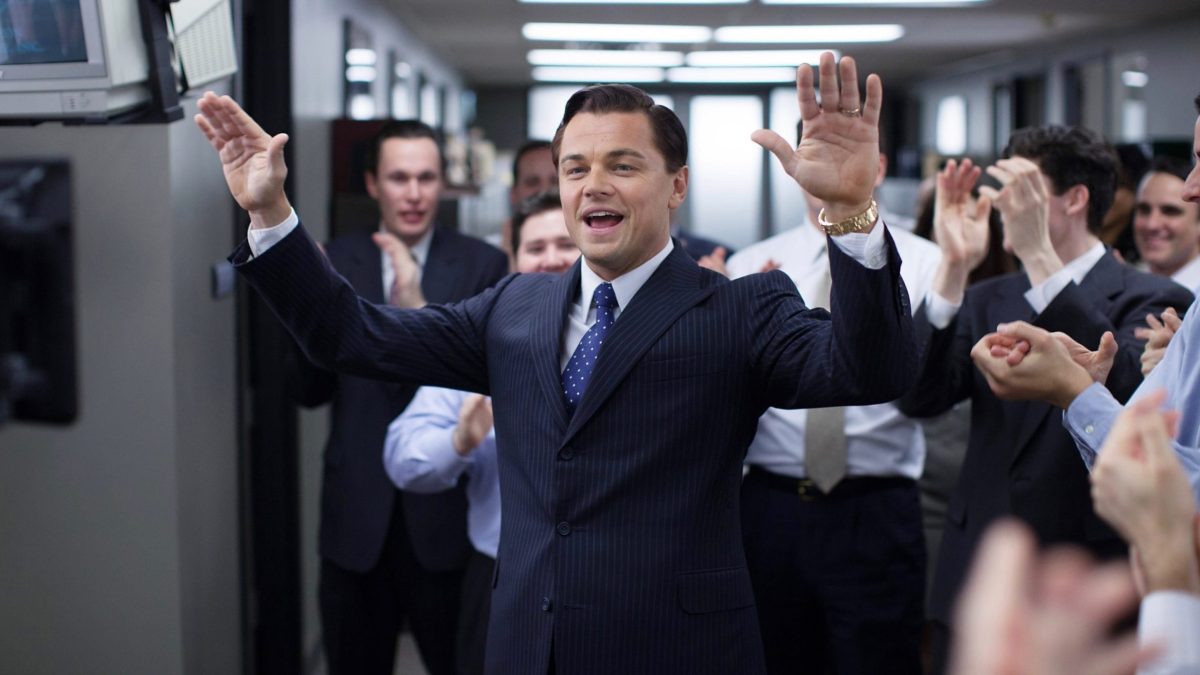
The Wolf of Wall Street depicts Jordan Belfort (Leonardo DiCaprio) as he rises from obscurity to become a wealthy stockbroker and scammer. But director Martin Scorsese gradually reveals the dark side of Belfort’s character and shows how his greed destroyed lives. The ending presents Belfort as a reformed man, lecturing audiences on sales techniques. But it also suggests that he is still a con artist. It’s true that Scorsese’s portrayal of the stockbroker’s lifestyle may have been a little too glamorous and a little too much fun, but the movie still makes it clear that he was a crook.
Jennifer’s Body
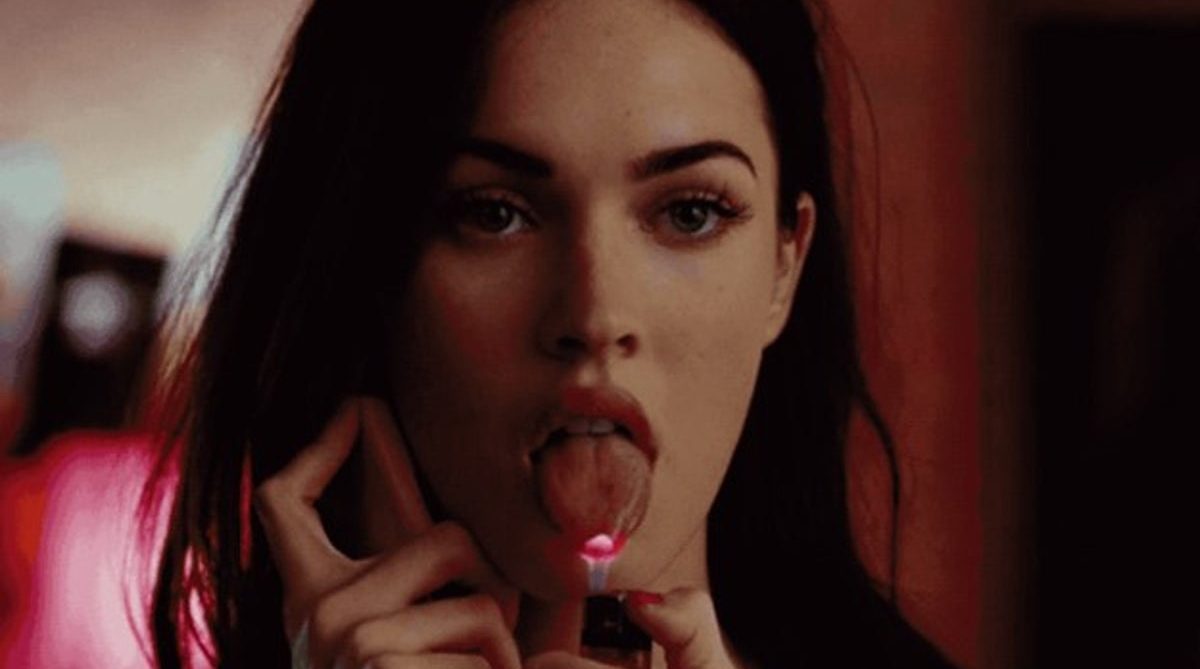
Jennifer’s Body was largely dismissed upon its release but has become a cult film in recent years. The movie is a feminist reimagining of the rape-revenge story and a tribute to the female monster horror genre. Offering clever dialogue, and interesting interpretations, the film, unfortunately, fell victim to its own publicity team. Megan Fox’s sex appeal was the main promotion. However, this approach failed to attract the film’s actual target audience: teenage girls. Thankfully, its modern cult status confirms that viewers eventually caught on to the feminist themes and intentions.
(500) Days of Summer
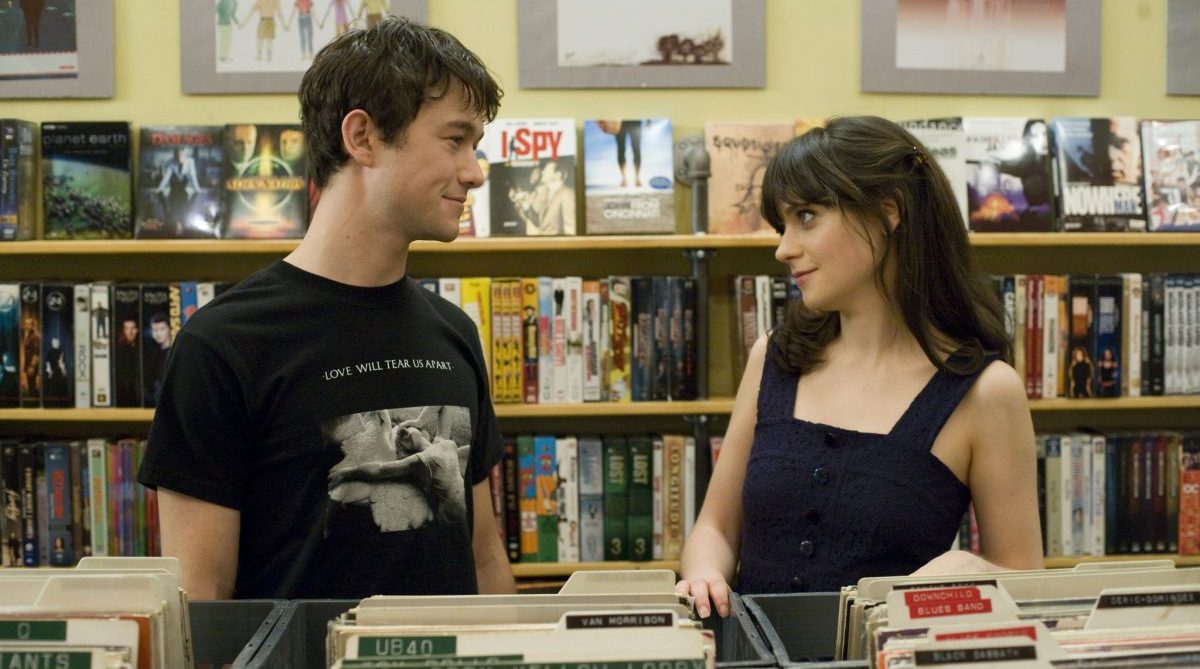
The romantic comedy (500) Days of Summer premiered in theatres in 2009. Many viewers related to Joseph Gordon-Levitt’s character, Tom, and bashed Zooey Deschanel’s character Summer for being a villain who friend-zoned him. However, Tom was not intended to be a sympathetic character. Throughout the movie, Summer makes it very clear to Tom that she is not looking for a romantic relationship. Tom’s infatuation with Summer is more about the idea of her than about who she really is. In 2019, the actors revisited the film for its 10th anniversary. Gordon-Levitt said, “I think it’s fun to watch the movie and try to put yourself in Summer’s shoes throughout.”
The Bling Ring

Sofia Coppola is an underrated director whose films always spark conversation but are misunderstood by critics. Her 2013 film The Bling Ring is no exception, as it explores the millennial obsession with fame through satire and subtlety. The film, which was inspired by a real-life group of teenage burglars who broke into the homes of celebrities like Paris Hilton and Lindsay Lohan, was wrongly accused of glamorising celebrity culture. The movie was intended to be a commentary on the broken American dream and our obsession with material things, but many viewers failed to see that and criticized it for making crime seem cool.
Fight Club
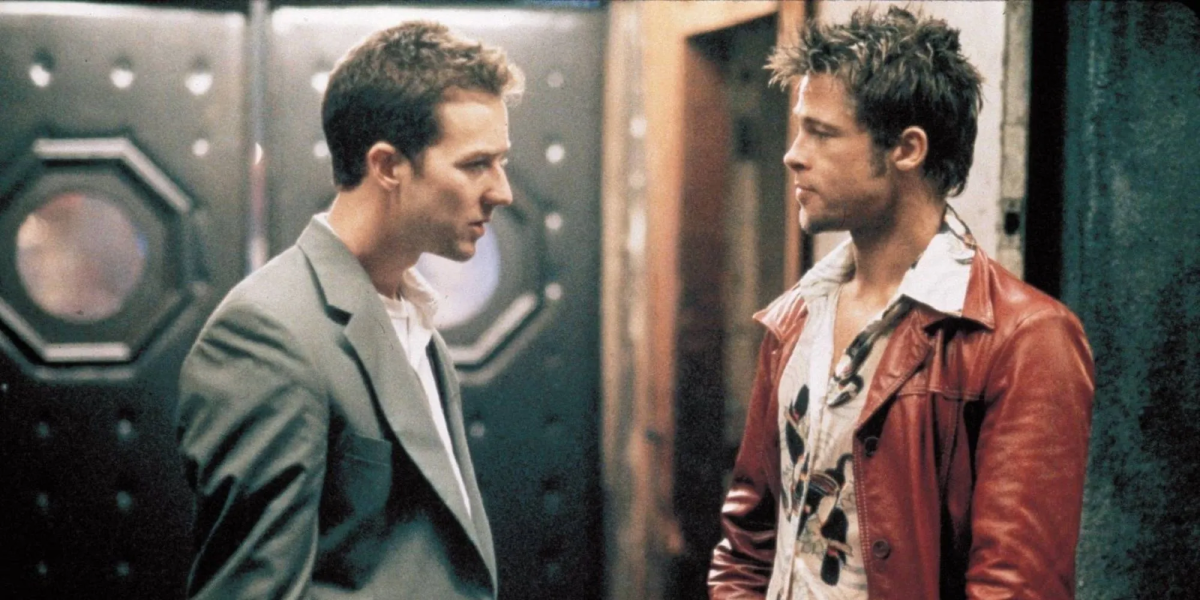
In the 1999 film adaptation of Chuck Palahniuk’s novel Fight Club, Tyler Durden, played by Brad Pitt, is a charismatic but dangerous rebel. Despite his charm and appeal, he represents everything that is wrong with society. The movie criticises consumerist culture and its effects on masculinity. But the message was lost on some men, who formed real-life fight clubs that continued the cycle of violence and toxic masculinity.
American Psycho

Despite being directed by a woman and intending to do the opposite of what everyone assumed, American Psycho was bashed for glorifying toxic masculinity and violence after it premiered in theatres. Christian Bale’s character Patrick Bateman is a self-absorbed narcissist who also happens to be a serial killer. He admits his crimes several times in the movie, but everyone around him is so caught up in their own lives that they don’t pay attention. The author of the novel, Bret Easton Ellis, says that he wrote the novel as a critique of male behaviour and capitalism.
Into The Wild

Fans of the movie Into the Wild often misunderstand its message. The main character’s epiphany at the end of the film should hammer home the point that he made a mistake in abandoning his family and friends, in thinking that nature would be an answer to his problems. But some people still don’t get it. By the end of his journey, Christopher McCandless realises that the best parts were the people he met, despite him being on a quest to escape from civilization. Still, fans have been inspired to imitate his adventure and some even died or disappeared during their journey.
Josie and the Pussycats

Since its release in 2001, Josie and the Pussycats has been embraced as a cult classic for its goofy charm and satirical wit in critiquing mass entertainment. At the time of its release, however, critics and viewers alike missed all of that because they were too distracted by all the product placement. The film pokes fun at the way brands are used in movies, with every scene featuring some sort of product placement. “People didn’t really get it,” co-star Rosario Dawson has said. “But if you watch it now, it’s so on the money—from media manipulation to endorsements and boy bands.”
The Shining
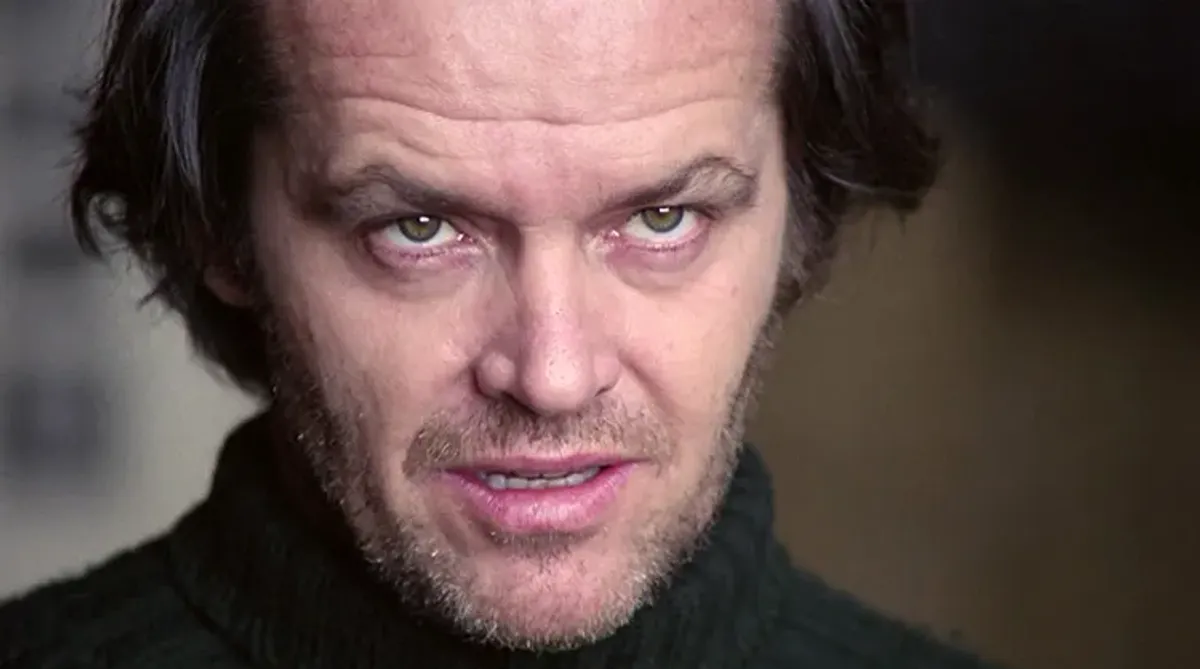
The vast majority of people who watched Stanley Kubrick’s horror film The Shining didn’t realize that the ghosts haunting the Overlook Hotel were actually a metaphor for the demons that drove Jack Torrance insane. Stephen King, who wrote the novel on which the movie was based, has said that The Shining is really an allegory for alcoholism. Though this point may have been downplayed in the film version, there are still connections between alcohol and madness present. In fact, it is only after Jack Torrance is served alcohol by a ghost that he becomes murderous.
American Sniper

Clint Eastwood’s 2014 film American Sniper was controversial because it was open to many political interpretations. Based on the life of sharpshooter Chris Kyle, it showed his doubts and moral conscience regarding the killing of innocents in Iraq. The film did not take a stance on the issue of war; it simply showed the psychological effects it had on soldiers. It was used by both sides of the political spectrum as propaganda for their beliefs, but Eastwood said that he did not intend for this to happen. It was just an exploration into the mind of a soldier and should be accepted as such.
Night of the Living Dead
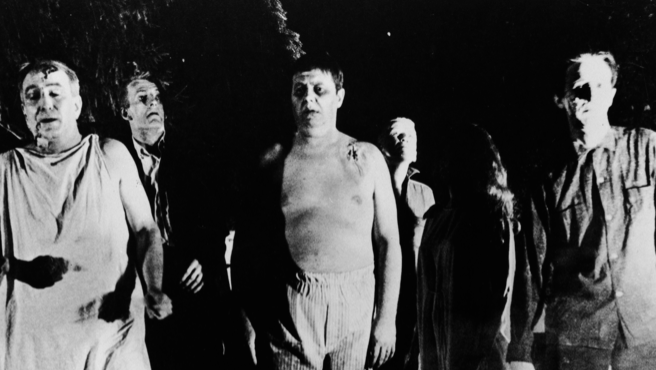
George A. Romero’s seminal masterpiece Night of the Living Dead follows Ben, a Black man trapped in a house with a group of strangers as they try to survive an onslaught of the undead. The movie’s final scene sees Ben, having survived the night, emerging from a cellar only to be mistaken for a ghoul and gunned down by a white sheriff and his posse. Many took the ending to be a critique of racism in the America, with Jordan Peele listing the film as his inspiration for Get Out. However, Romero never intended the film to be about racism, and the fact that Ben is Black was purely coincidental.
Wall Street
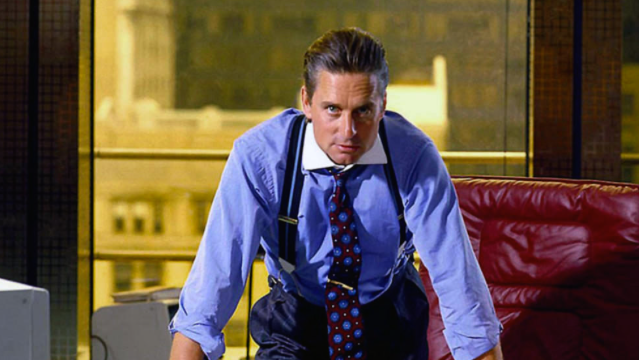
Long before The Wolf of Wall Street made people get finance degrees for all the wrong reasons, 1987’s Wall Street had people idolising its intended villain in almost exactly the same way. Set against the backdrop of Reagonomics, Oliver Stone wrote the film as a scathing critique of America’s frenzied consumerism and lust for money. Unfortunately, this was lost on the many viewers who ended up rooting for Gordon Gekko, the corrupt, callous financier at the heart of the film.
A Quiet Place
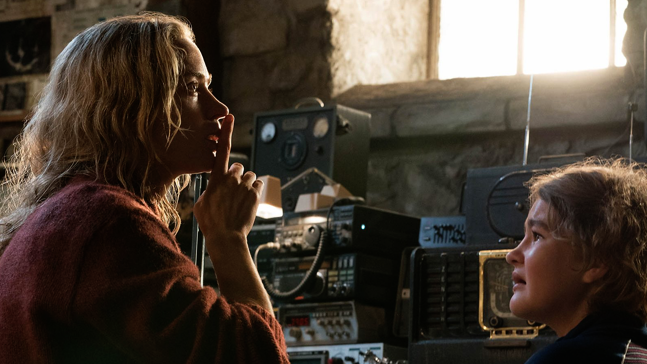
In April 2018, an op-ed in the Washington Post made the case that A Quiet Place – a film about a family trying to survive in a post-apocalyptic world inhabited by aliens with hyper sensitive hearing – was actually about the pro-life movement. The argument rests on the fact that Emily Blunt’s character has a baby in less than ideal circumstances, with the idea enthusiastically taken up by American conservatives. However, the logic is pretty tenuous, as safely terminating a pregnancy after the collapse of civilisation is nigh-on impossible, and the trio that wrote the film have stated they were actually just inspired by the silent films they grew up watching.
Sucker Punch

Zack Snyder has publicly stated Sucker Punch is his most misunderstood film. When it was released in 2011, the movie – which follows a teenage girl who retreats into a fantasy world after she is incarcerated in a mental asylum – was immediately criticised for catering to the male gaze and over-sexualising its young, female characters, but Snyder vigorously protested that the movie was actually about feminism and geek culture.
Whiplash
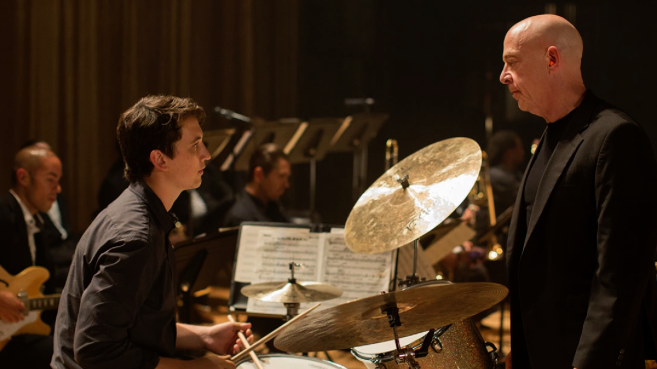
2014’s Whiplash chronicles the efforts of Andrew, a young drummer desperate to make it in the ultra-competitive world of jazz. Andrew’s obsession is further fuelled by Terence, a teacher at the music school Andrew attends, who utilises bullying and abuse in his attempts to elicit greatness from his students. Many viewed the movie’s final scene, in which Andrew finally nails an extraordinarily difficult drum solo and is rewarded with an approving smile from Terence, as a triumphant climax. However, in reality is shows that Andrew is still desperate for validation from a man who has treated him appallingly and utterly broken down his mental health.
Starship Troopers
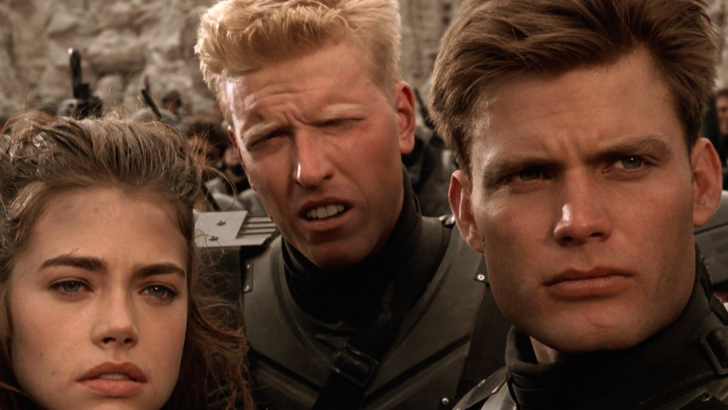
One of the most misunderstood movies of its time, when Paul Verhoeven’s Starship Troopers was released in 1997 it was lambasted for its extreme violence and accused of being ultra-rightwing and anti-American, with some going as far as labelling it “fascist propaganda.” In reality, the film offers a dark, biting critique of the American military industrial complex, making it about as diametrically opposed to fascist ideology as possible. As Verhoeven himself put it, the point the film is trying to make is, “war makes fascists of us all.”
Inception
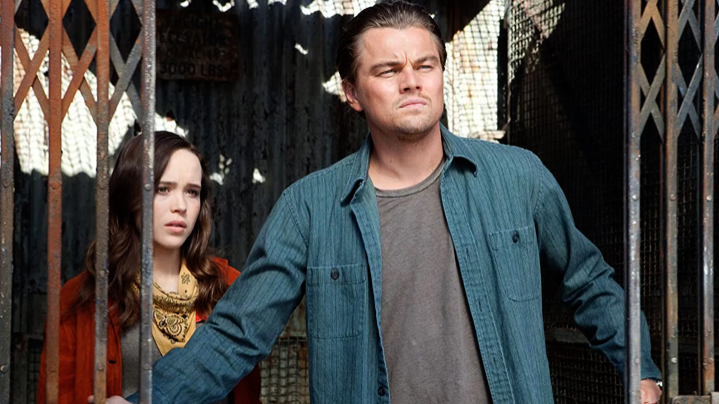
Inception has one of the most hotly debated endings in the history of cinema, with audiences fiercely arguing over whether or not Cobb’s spinning top, which he uses to check if he’s still in a dream, wobbled or not. However, Christopher Nolan has stated that everyone arguing over what happened after the movie ended is completely missing the point. Cobb walks away from the top without bothering to check if it keep spinning, showing that he doesn’t care whether he’s in objective reality, as he has chosen to find peace in his own, subjective reality.
RoboCop
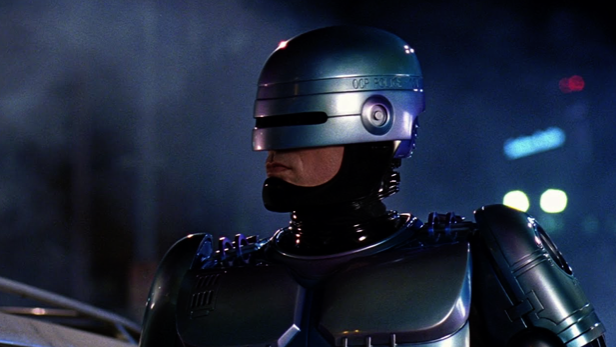
1987’s RoboCop kicked off the tradition of audiences wildly misunderstanding Paul Verhoeven movies. As with Starship Troopers ten years later, RoboCop was criticised for its extreme depictions of violence and accused of promulgating fascist ideologies. In reality, it satirised American consumerism by depicting a dystopian nightmare where unrestrained capitalism has led to a world ruled by corporations. Verhoeven has also described the film as a Christian allegory, as the hero is crucified in the opening act before being resurrected in the second. Plus, RoboCop literally walks on water at one point.
Mother!
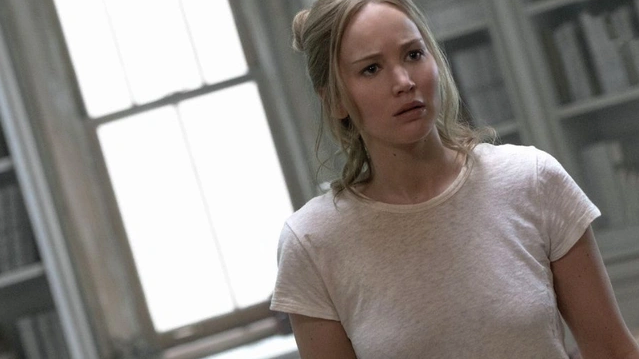
Darren Aronofsky’s Mother! was as divisive as it was shocking, with audiences arguing over what the film’s violent imagery symbolised. The most commonly accepted explanation is that the film is a retelling of the Bible, but, whilst it does make use of Biblical stories, Aronofsky has stated that the movie is actually supposed to depict the destructive, exploitative relationship between nature and humankind.
Birdman
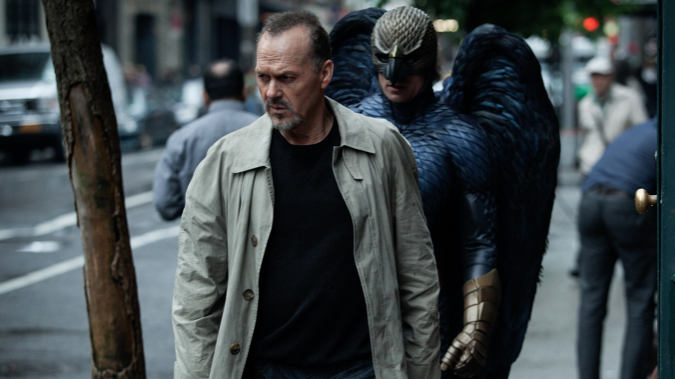
Birdman tells the story of a washed up actor, played by Michael Keaton, who is famous for his depiction of a superhero named Birdman. Given that Keaton played Batman early in his career and shares a number of traits with his character in Birdman, many assumed that the film was a fictionalised retelling of his life. However, director Alejandro González Iñárritu has stated that the film isn’t about Keaton at all, and is actually about his own struggles with insecurity and perfectionism.
Grave of the Fireflies
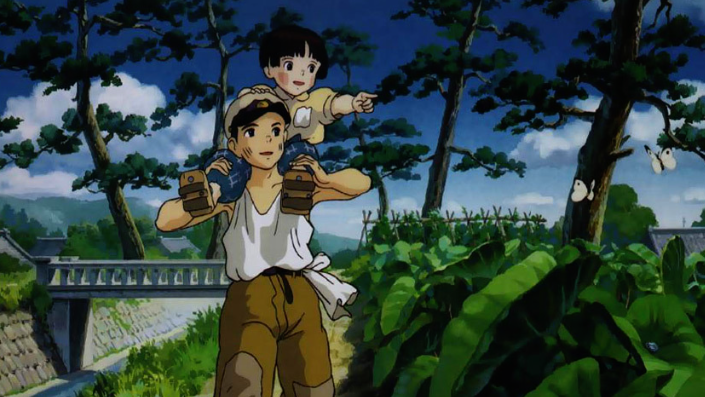
Often hailed as one of the most powerful anti-war films of all time, 1988’s Grave of the Fireflies follows the story of a young brother and sister, orphaned after the bombing of Kobe, as they try and survive in the wake of WWII. When asked about it in interviews, director Isao Takahata vehemently rejected the anti-war interpretation of his movie, stating, “it is not at all an anti-war anime and contains absolutely no such message.” Instead, Takahata wanted to show that the siblings’ tragic fate is the result of their isolation from society.
Nightcrawler
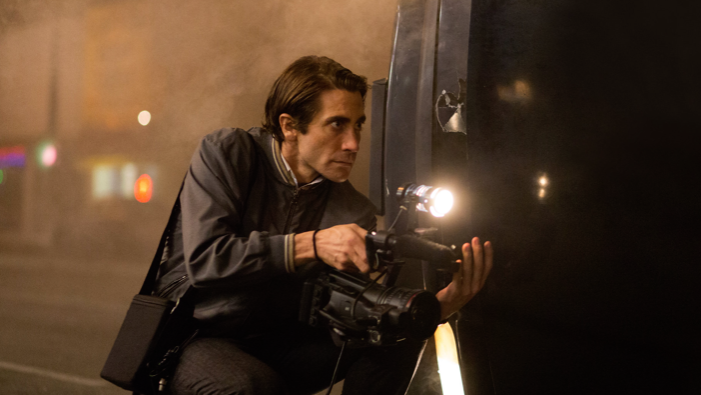
2014’s Nightcrawler is generally viewed as a character study, thanks to its unnervingly realistic portrayal of sociopathy, as well as its exploration of what happens to people in a sociopath’s orbit. However, director Dan Gilroy has stated that he actually had grander themes in mind. According to Gilroy, the film is supposed to depict the morally corrupting effects of capitalism and the harsh economic realities of modern society.
Natural Born Killers
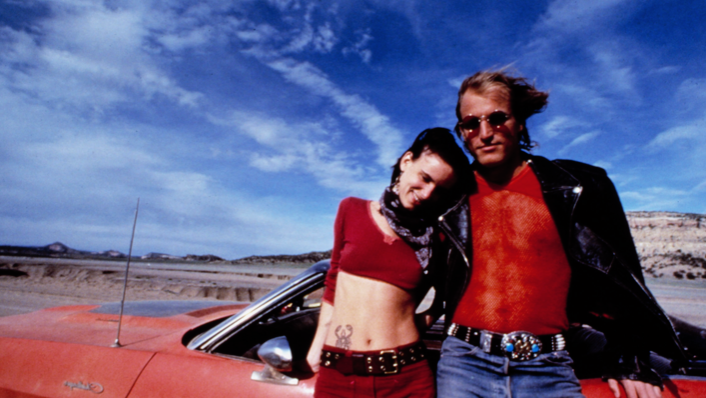
When Natural Born killers was released in 1994, it was immediately criticised for glamorising serial killers, and was even accused of inspiring several real life murders. Movie theatres also reported that people were cheering for the film’s murderous protagonists whenever they did something heinous. However, this perfectly illustrated the point the film was satirising, that audiences are prone to rooting for utterly reprehensible people.
Goodfellas
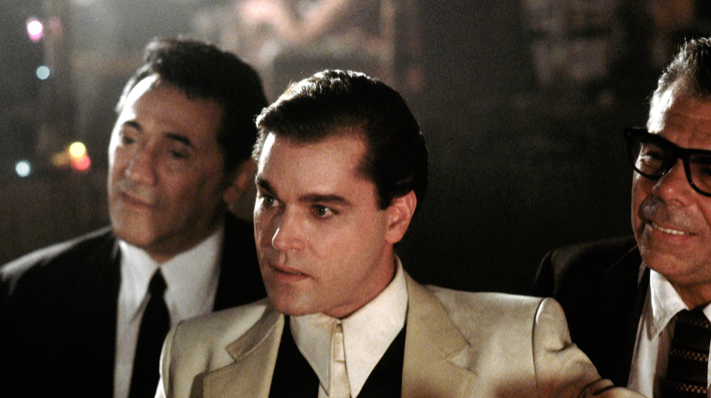
Martin Scorsese has a real knack for accidentally making audiences root for some truly despicable characters. Despite the fact that the gangsters Goodfellas revolves around are generally horrible human beings, indiscriminately torturing and murdering their perceived enemies and abusing their own families, they have attained an almost mythic status as anti-heroes. Whilst they do embody a twisted version of the American Dream, ascending from impoverished backgrounds to glamorous, glitzy lifestyles, the intention was for them to be reviled, not looked up to.
The Last Samurai
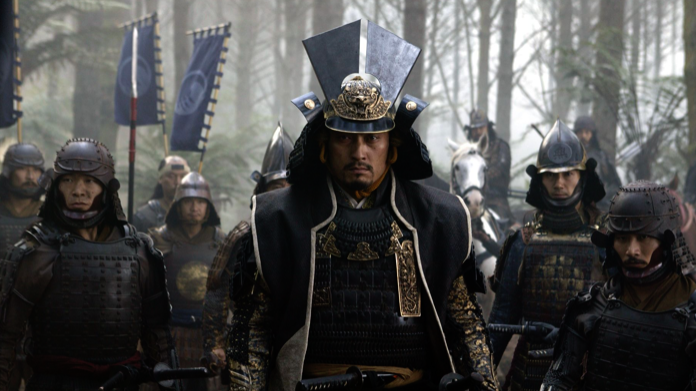
When The Last Samurai was released in 2003, many assumed that the movie’s title referred to Tom Cruise’s character Captain Nathan Algren, a misconception that persists to this day. The film’s marketing is mostly at fault for this, as almost all of the promotional materials solely featured Cruise, but it doesn’t help that ‘samurai’ is both the singular and plural form of the word. In reality, the samurai in question are the warriors that Algren ends up fighting alongside, not Algren himself.
Luca

When Luca came out in 2021 it generated significant buzz as the first Disney film to feature a gay character. This interpretation was mostly down to the protagonist harbouring a secret that he feels would make people view him as a monster (which many viewed as a metaphor for coming out), as well as his close relationship with his male best friend. However, in 2021 director Enrico Casarosa publicly insisted that the film isn’t supposed to have any romantic themes at all, gay, straight or otherwise – although he did admit that he considered making the character gay.
The Last Jedi
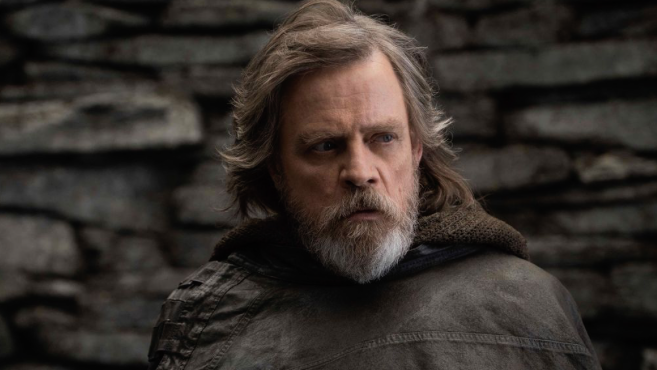
Despite winning over critics, when The Last Jedi was released in 2017 it was torn apart by fans of the franchise who felt that it violated canon and recast fan-favourite characters in a negative light. Particular umbrage was taken with the depiction of Luke Skywalker, who has grown jaded and lost faith in the Jedi. However, Rian Johnson, who directed and cowrote the film, has stated that he was deliberately trying to put a new spin on the Star Wars universe and its characters, as well as creating a meta-narrative about the franchise as a whole.
Click
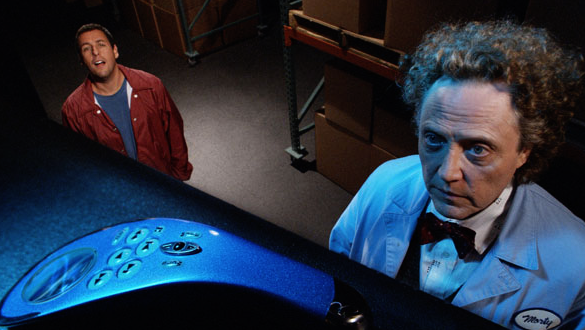
Adam Sandler movies aren’t exactly known for tackling deep, existential questions, so it’s not particularly surprising that many people didn’t consider the themes of 2008’s Click. The film follows Michael Newman, an architect dissatisfied with life who is given a remote that allows to him to control time, which he promptly uses to skip all the boring minutiae of everyday life. The film was generally written off as goofy, insipid flick, with many missing the intended message, that true happiness comes from appreciating the little things in life.
I Spit on Your Grave
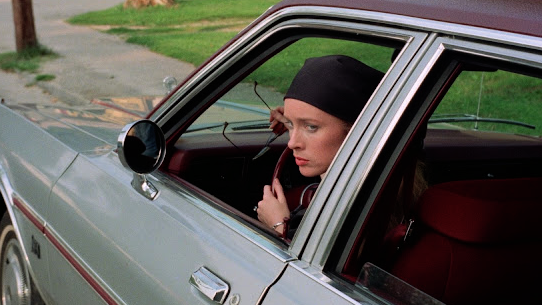
1978’s I Spit on Your Grave was sharply criticised as misogynistic and pro-rape, with esteemed film critic Rogert Ebert labelling it “a vile bag of garbage.” However, director Meir Zarchi has vociferously defended his film, claiming that its purpose is to highlight the true horrors of sexual assault. Zarchi had originally intended the movie’s title to be Day of the Woman, and he blames the studio’s decision to replace it with a more exploitive title for the harsh reception the film received.
A.I. Artificial Intelligence
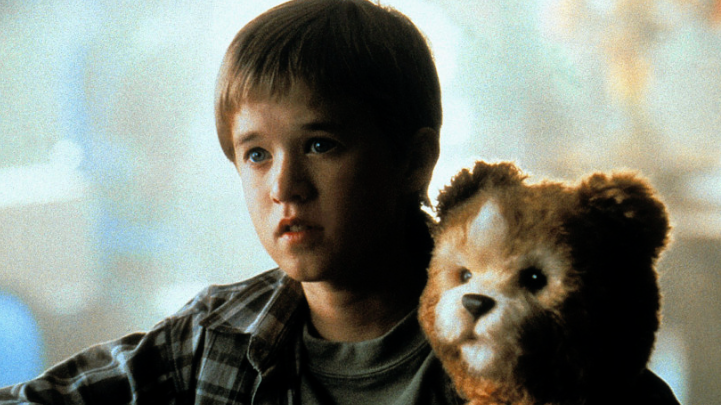
Stanley Kubrick spent years working on A.I. Artificial Intelligence, and when he passed away with the film incomplete Steven Spielberg took the reins. The movie follows David, a hyper-realistic android programmed with the ability to feel love. Many viewers felt that film ends on a positive note, with the final scene jumping into a future where humans have gone extinct and been replaced by incredibly advanced robots, which recreate David’s “mother” for him. However, the ending is actually supposed to show that David’s “love” was just programming all along, as he is satisfied by an artificial construct he knows isn’t real.
Taxi Driver
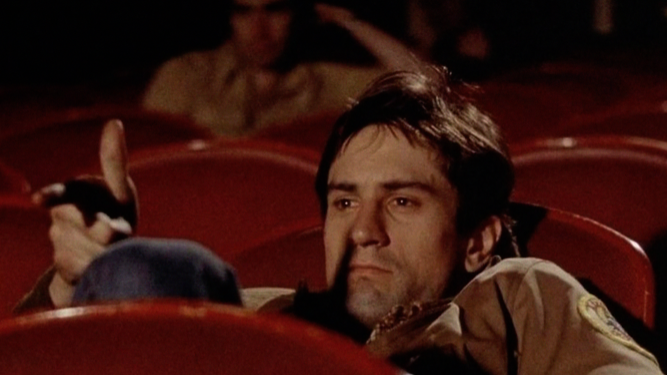
Travis Bickle, Robert de Niro’s character in 1976’s Taxi Driver, certainly isn’t intended to be a villain. Rather, he is a troubled Vietnam War veteran whose struggles to reintegrate into society lead him down a dark path. However, the film’s climax, which sees Bickle rescue an underage prostitute whilst violently killing a number of gangsters, has led to many casting the character in a heroic light. This interpretation ignores the fact that Bickle had originally planned to assassinate a senator, and both director Martin Scorcese and writer Paul Schrader have stated that the ending implies he will snap again.
Cuties

When Cuties landed on Netflix in 2020, it prompted so much outrage that a petition to have it removed from the streaming service gathered almost half a million signatures. The film follows an 11-year-old girl from a deeply religious family who rebels by joining a dance group, and the furious response was due to what many perceived as the sexualisation of children. However, the film was written as a critique of the sexualisation of children and women in general, and the shock it elicited was very much deliberate.
Dawn of the Dead
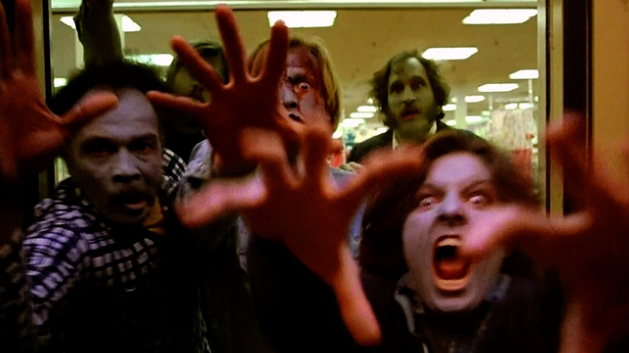
Whilst, Night of the Living Dead, George A. Romero’s first zombie film, had a subtext mistakenly attributed attributed to it, his next zombie flick – Dawn of the Dead – had a hidden meaning that everyone missed. Whilst most people just assumed it was another film about hordes of the undead gruesomely dispatching the living, the movie was actually intended as a critique of American culture’s mindless consumerism.
Scarface
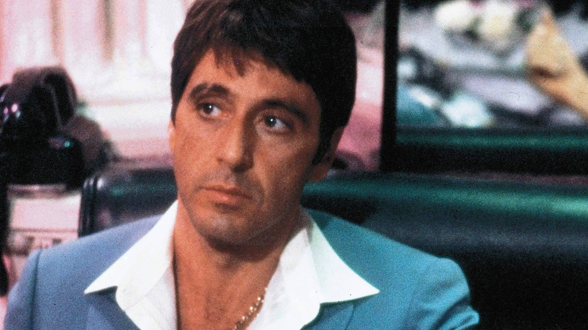
Tony Montana is another great example of audiences rooting for a character when they’re really not supposed to. The protagonist of 1984’s Scarface, Montana is a ruthless, paranoid drug kingpin who has zero compunctions about using extreme violence to get what he wants. Despite this, moviegoers were wooed by his glamorous lifestyle and charismatic personality, making Montana something of an antihero when the intention was always for him to be a villain.
The Great Gatsby
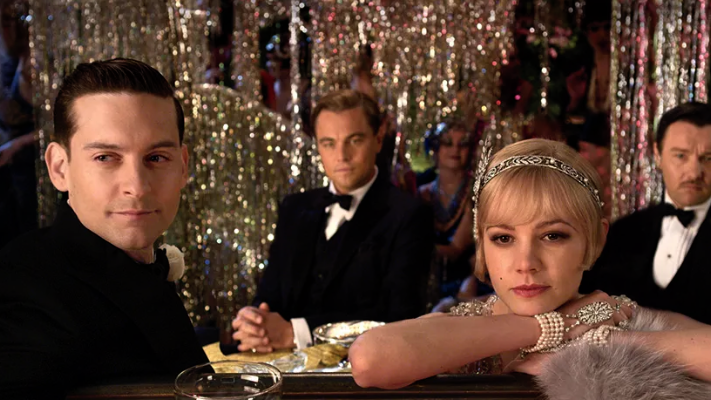
Baz Luhrmann’s take on The Great Gatsby embraced the themes of the novel it’s based on, exploring how the glitzy parties thrown by Jay Gatsby and his friends are little more than a desperate attempt to fill the emptiness of their lives. However, most viewers were so blinded by the film’s flashy visuals that they completely missed this message, as evidenced by the number of people who threw Gatsby themed parties in the months following the movie’s release.
A Clockwork Orange
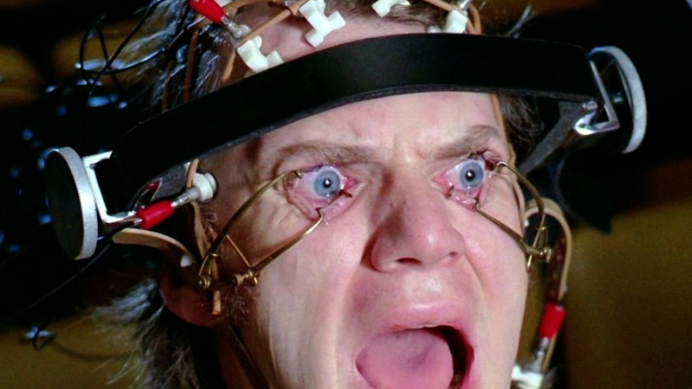
To say that A Clockwork Orange generated a backlash would be the understatement of the year. The film was slammed by critics, with Roger Ebert labelling it “an ideological mess” and Pauline Kael deriding it as “pornographic,” and it was even banned in United Kingdom. The violence in the film is undeniably shocking – one particularly memorable scene involves a woman getting gang raped and then bludgeoned to death with a phallic sculpture – but that’s the whole point. It’s meant to be disturbing, and the film is now widely regarded as a masterpiece.
Life of Brian
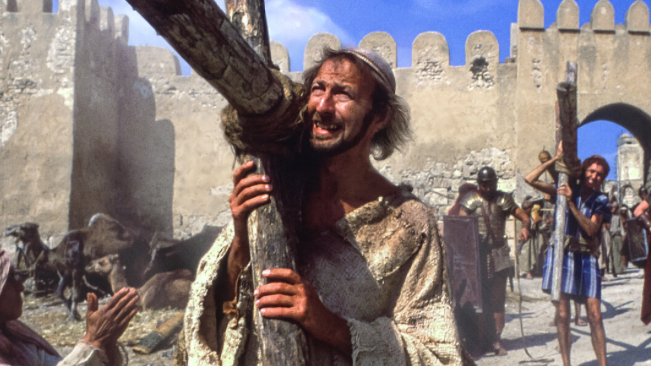
Life of Brian – Monty Python’s film about a man mistaken for the Messiah – is arguably the group’s most famous film, and it is often considered one of the greatest comedies of all time. When the film was released it was banned in a number of countries for its “blasphemous content,” and sparked protests in countries were it did make it to theatres. Most of the backlash was the result of the misconception that the film is mocking Jesus, when in fact it was intended as a satire of the way people interpret religious messages differently.
Pulp Fiction
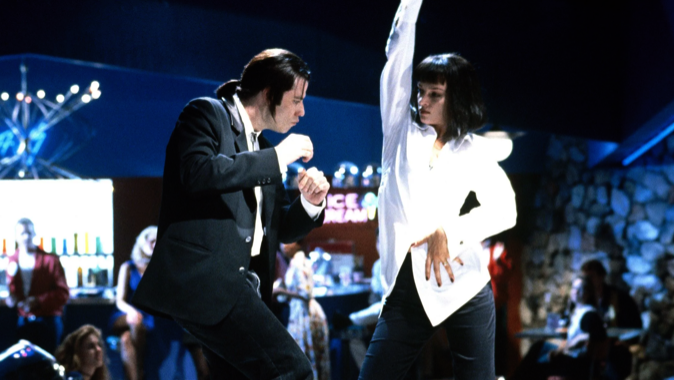
Pulp Fiction is arguably Quentin Tarantino’s most iconic work, and the movie is widely considered a high point in the history of cinema. However, a lot of viewers were so wrapped up in the slickly intertwining narratives and cutting dialogue that they missed the film’s central theme: redemption. Samuel L. Jackson, who stars in the movie as hitman Jules Winnfield, summed up the film’s message of second chances in an interview, stating, “the people worth saving get saved.”
The Matrix Resurrections
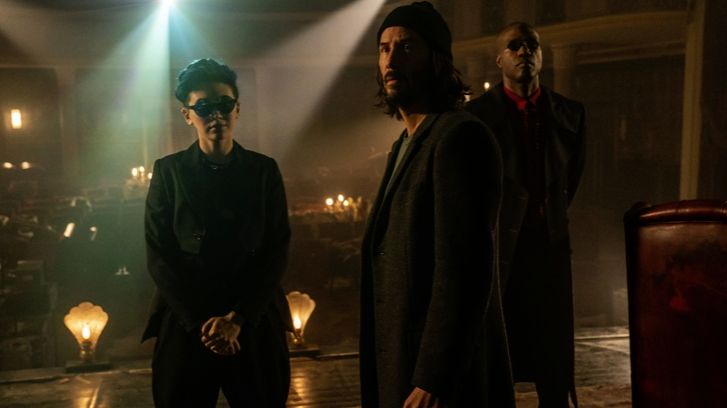
With 18 years having passed since The Matrix Revolutions, many reacted to the news of a new Matrix movie by assuming it was a soulless cash grab. However, in the same way that the original Matrix movie was written by the Wachowskis as a satire of Hollywood’s obsession with mindless martial arts movies, The Matrix Resurrections was intended as a critique of the film industry’s current obsession with ‘resurrecting’ old franchises. Unfortunately, its clever, tongue-in-cheek subtext didn’t save it from bombing at the box office.
Skinamarink
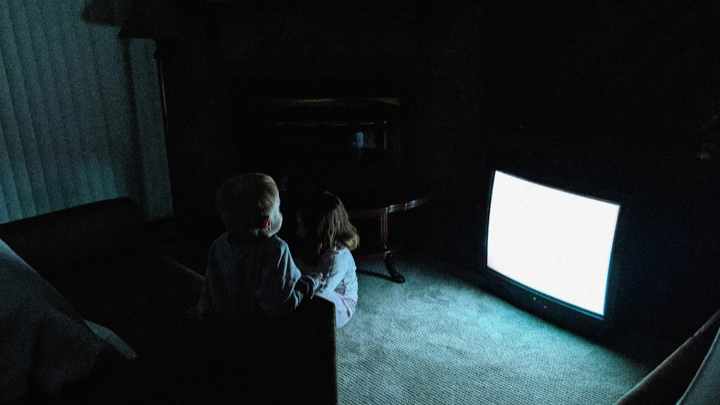
2022’s Skinamarink took experimental horror mainstream, sharply dividing audiences in the process. Whilst some praised the film for its cloying, claustrophobic atmosphere, many complained that it was simply too confusing. However, that was the entire point, as the film tries to evoke in its viewers the same emotions its two child protagonists feel, as they are trapped inside a nightmare version of their family home with an unseen, malevolent force.